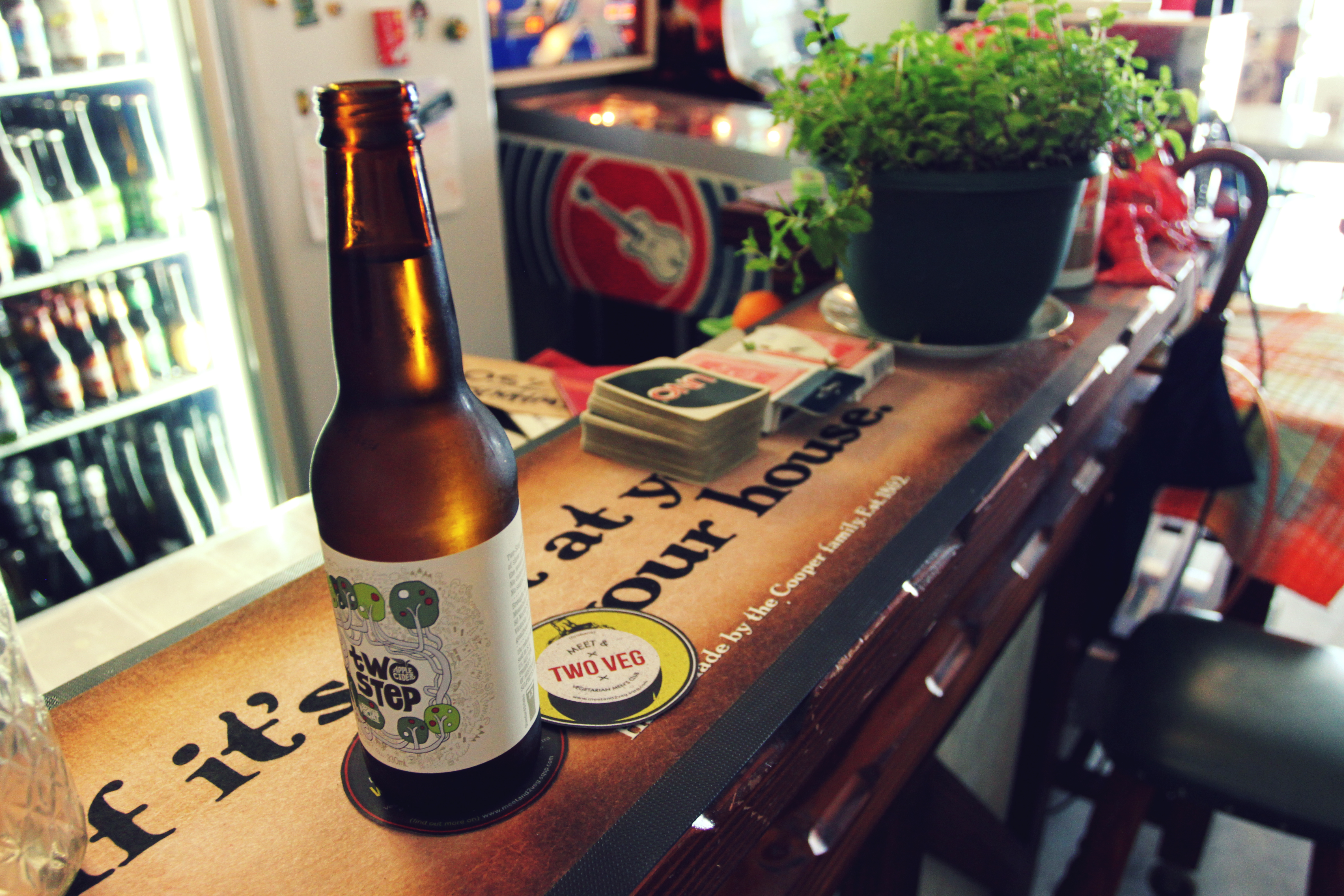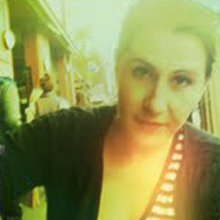Meet & Two Veg

Files
This work has been commented by 1 curator(s). Read the comments
Title
Meet & Two Veg
Headline
Vegetarian Men's Club
Concept author(s)
Sophie van der Drift
Concept author year(s) of birth
1990
Concept author(s) contribution
Developed concept and executed ideas (full author).
Concept author(s) Country
Australia
Friendly Competition
Competition category
Visual communication practice
Competition subcategory
static
Competition field
academic
Competition subfield
student
Subfield description
Queensland College of Art
Check out the Food Democracy 2013 outlines of Memefest Friendly competition.
Description of idea
Describe your idea and concept of your work in relation to the festival outlines:
This work is a response to the dominant perception in Australian culture of animal protein consumption. Meat is valued as masculine and patriotic, and many Australians appear to have a distorted relationship/understanding of the origins of the product they are consuming.
I have looked primarily at two issues:
1/ The amount of resources utilised to provide meat for consumption is excessive and could be put to better use.
2/ That men are less inclined towards vegetarianism & this is a result of a mentality instilled early in Australians from the media, meat associations etc.
Meet & Two Veg has been developed to provide a platform from which awareness of meat consumption and it's correlation to food security can be discussed amongst Brisbane men. I do not wish to preach about vegetarianism, but rather provide a space for continual dialogue and debate to allow the participant to make their own decisions accordingly. The events will be held with collaborating local restaurants where a set vegetarian menu will be provided.
My work consists series of four concepts that could be used to garner attention about Meet & Two Veg for potential members, and provide further information about the project.
Please see pdf for more information.
What kind of communication approach do you use?
The work is empathetic towards a demographic of young, Australian men. The visual and verbal language used is casual and relatable. It is also a bit cheeky as I wanted to maintain a light approach to the topic and not create a scaremongering campaign when the demographic is typically apprehensive towards the prospect of vegetarianism. I have used both print and digital platforms.
What are in your opinion concrete benefits to the society because of your communication?
This work may not convert men into vegetarians, though it will see an increased awareness of the animal protein that one consumes, and the resources utilised to indulge in what is essentially a luxury Western product.
This project provides a space where societal conventions may be challenged and new behaviours developed. I want to deconstruct the masculine connotations placed upon meat. Doing so in an group environment robust with camaraderie should make reconsidering the status quo less intimidating.
What did you personally learn from creating your submitted work?
The research required for this assignment presented a plethora of information regarding vegetarianism that I had not known before. Most notably was just how many resources were required for industrial farming that could be diverted for better usage (e.g. grain fed to animals). Also the effects on the biodiversity and environmental sustainability as a result of these feedlots was far worse than I had anticipated.
I went through a period of initial shock when researching, and was saddened by the prospect that the world is facing what seems to be an inevitable food crisis of dire proportion - though working on this project gave me hope that there are solutions to these issues should society be willing to adopt new ideologies.
Why is your work, GOOD communication WORK?
This work is good communication work because it empathises with the demographic and presents to a group of people, that may otherwise be unaware of such food democracy issues, a means of participation in paving a new path for the future food security of Australia. The visual language of the concepts is contemporary and relevant to the targeted group.
Where and how do you intent do implement your work?
The work is to be implemented in:
1/ Male dominated spaces.
The coasters will be distributed at pubs, sports bars, meat-focused hotels (ie. Norman Hotel) where large groups of men congregate.
The posers will be positioned in gyms - a place where men often hold a very distorted perception of animal protein consumption.
2/ Online - website - easily accessed by young demographic.
3/ Meetings at local restaurants - badges will be distributed at events.
Please see pdf for more information.
Did your intervention had an effect on other Media. If yes, describe the effect? (Has other media reported on it- how? Were you able to change other media with your work- how?)
My work has had no effect on other media. However when working on this project at the Queensland State Library a woman from Food Sovereignty Alliance, who was observing my work from afar, commented on the projects relevance to contemporary society and expressed interest in the designs. I referred her to my personal site to see the finished designs but also to the memefest page for more information.
Curators Comments

Dr Zoë Sadokierski
I like that you have taken a cheeky approach in naming your campaign, which is appropriate to the demographic and likely to appeal more than shock-tactic approach, which can come across as either aggressive or nagging.
Your communication aims are clearly described in your PDF, and you have chosen an appropriate graphic language and copy writing style for your audience.
It's and its – it's important to learn the difference. Poor grammar undermines the authority of your argument.
The work could be visually improved by spending more time refining your line work (in the illustrations – look at the thicks and thins in your lines, and the shape of the droplets which are a bit clumsy) and typography (particularly look at the tracking on the typography when it curves within a circle, this is difficult to pull off), but otherwise it is a well executed graphic piece.
I'm not convinced the badges are necessary. You're campaigning based partially on an argument against resource wastage, you've bothered to point out that you'd print on recycled cardboard/paper, but the cost of producing these badges is high financially and in terms of resources, and I'm not convinced men in this age group would actually sew them onto a shirt. Which means they would be thrown out, and the cost of production not balance out the actual impact.
